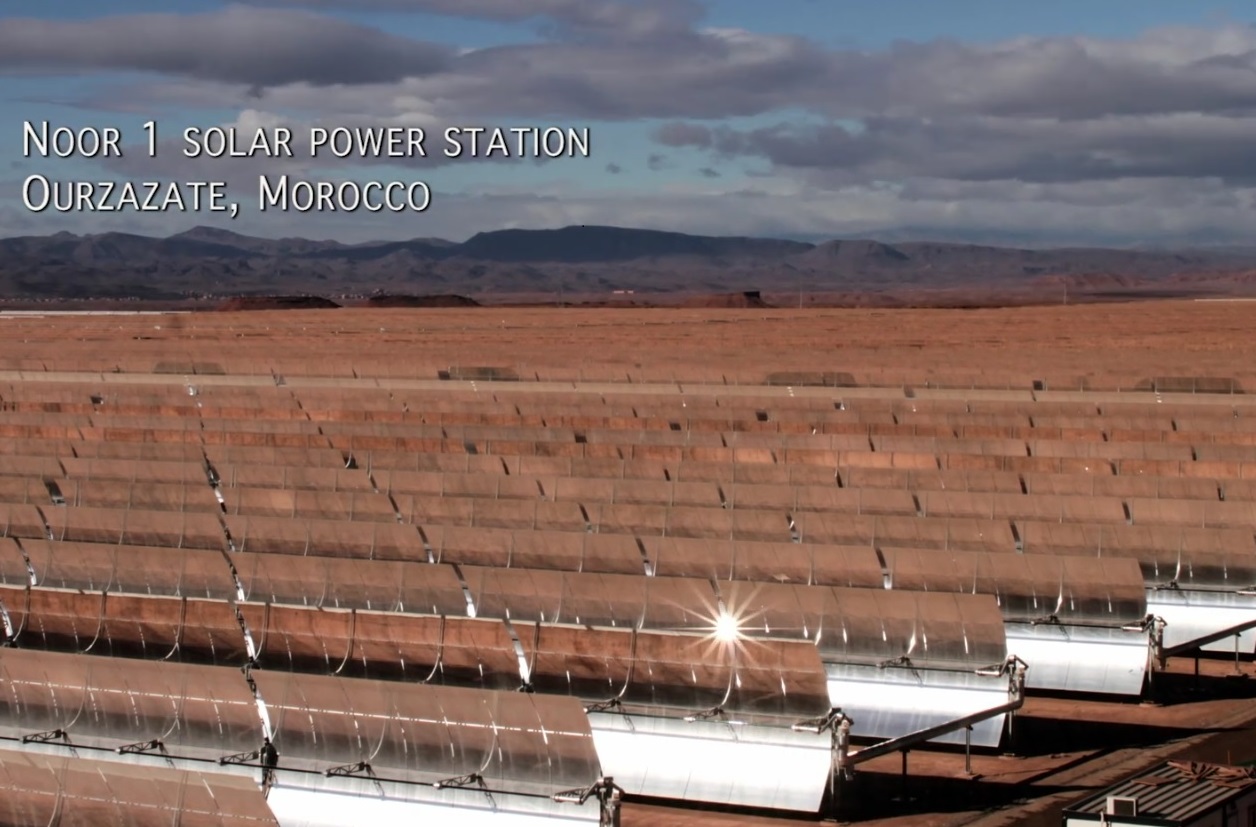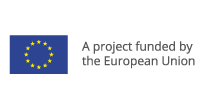Promising solar outlook for the MENA region

The Middle East and North Africa (MENA) region is showing a growing commitment to the development of solar energy. An increasing number of projects is being implemented in the region as the cost for equipment continues to fall and governments are setting new targets for the proportion of electricity to be generated from renewable sources. According to the “Solar Outlook Report 2017”, recently released by the Middle East Solar Industry Association (MESIA), total solar power capacity in the pipeline in the MENA region, combining both solar photovoltaic (PV) and Concentrated Solar Power (CSP) projects, is presently estimated at over 5.7 GW. Among Mediterranean countries, leaders include Egypt which has an ambition to achieve 2.7 GW of PV capacity by 2020. Morocco plans to achieve 600 MW by 2019 and Jordan has 540 MV of solar PV projects under construction and aims to award an additional 200 MW during 2017.
Solar photovoltaic (PV) without storage is now one of the cheapest sources of electricity available. It costs less than unsubsidized nuclear, liquefied natural gas, and diesel used for off-grid power. The world’s lowest unsubsidized solar power was recorded in Abu Dhabi in September 2016 at 2.42 US$ cents per kWh. These low prices have changed the perception of policymakers and industry leaders. It has led to a downward revision of the Feed-in tariff in Egypt and is reviving the debate of the usefulness of Feed-in tariffs versus competitive bidding throughout the MENA region.
The potential of concentrated solar power (CSP) is also showing great promise. One of the primary advantages of CSP is that it can rely on thermal storage to continue generating power after the sun goes down. This makes CSP as reliable as the fossil fuel-driven plants it can replace. A new program exploring the potential of CSP as a sustainable source for the region’s rising demand for energy has recently been launched in Ouarzazate, Morocco, the site of the world’s largest CSP plant. The program supported by the World Bank, will help inform decisions on CSP investment projects in the region and is designed to help meet global and national goals for clean, secure and affordable energy.
View the : Solar Outlook Report 2017



